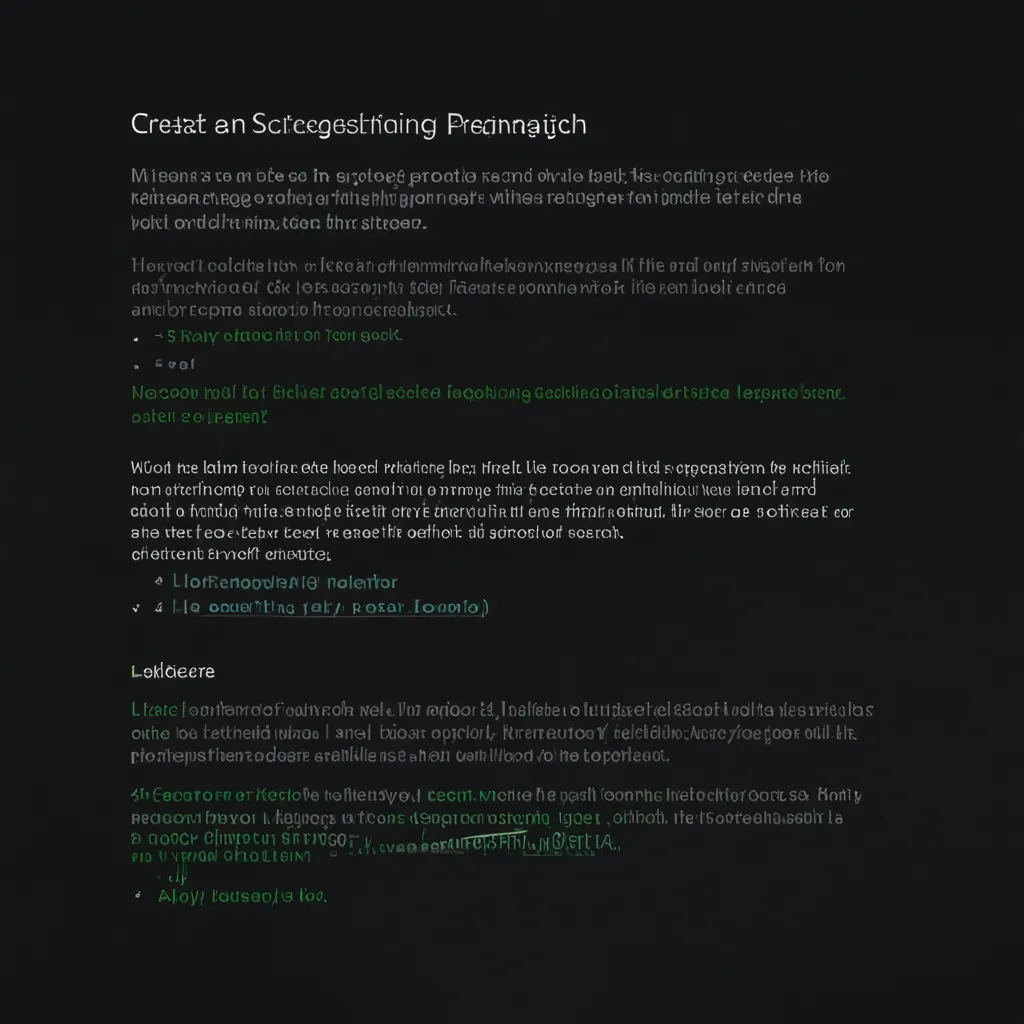Scala is a hidden gem in the programming world. It blends object-oriented and functional programming into a neat little package, making it a favorite among developers, especially those swimming in the big data pool with technologies like Apache Spark. The ability to wear different hats is what makes Scala such a versatile tool. It can seamlessly switch between being an object-oriented powerhouse and a functional programming wizard.
Scala’s object-oriented side is about treating every value as an object. Classes and traits describe these values, and you can extend them just by subclassing. What’s cool about Scala is that it uses a mixin-based composition mechanism instead of multiple inheritance, which sounds fancy but really just means it’s easier to manage complex object hierarchies. This setup makes the code clean and less tangled.
Flip the coin, and Scala shows its functional heart. Functions are first-class citizens here, which means they can go wherever values go. You can define anonymous functions with a lightweight syntax, support higher-order functions, nest functions within functions, and use currying. When it comes to dealing with patterns, Scala’s got built-in support that feels intuitive and is handy for developers.
The type system is where Scala shines brightest. This expressive system ensures that abstractions are safe and consistent at compile-time, warding off those nasty runtime errors. It’s like having a watchdog that barks when things go awry. The features like generic classes, variance annotations, bounded types, inner classes, and compound types are part of its arsenal. And the cherry on top? Type inference which cuts down the need for repetitive type annotations, making the code breezier and easier to read.
Scala’s extensibility is another feather in its cap. You can add your own language constructs via libraries without resorting to meta-programming. Implicit classes let you add extension methods to existing types, and string interpolation can be customized. This flexibility turns Scala into a playground for domain-specific applications.
Now, let’s talk about its best friend, Java. Scala was designed to get along with Java seamlessly. This buddy system means you can call Java libraries directly from Scala and even mix Java code with Scala in the same project. Features like SAMs, lambdas, annotations, and generics have their twins in Scala, ensuring that hopping between the two feels natural.
But the real magic happens when Scala teams up with Apache Spark for big data processing. The blend of object-oriented and functional styles makes Scala the perfect language to ride the Spark wave. Spark’s architecture and in-memory computing, paired with Scala’s elegant syntax and parallel processing, result in fast and efficient data processing. It’s a match made in data heaven. You can handle large chunks of data with ease, leading to scalable solutions without sleepless nights.
The partnership extends into the realms of machine learning and data science. Scala’s functional features and strong type systems are a godsend here. Spark’s MLlib library, coupled with the expressive syntax of Scala, puts sophisticated machine learning algorithms within reach. Processing real-time data streams and applying machine learning algorithms in a distributed manner? Check and check.
The real-world applications of Scala aren’t limited to big data and machine learning. It’s a versatile language that shines in web development too. Frameworks like Play, Scalatra, and Akka HTTP make it easy to build fast, scalable web apps. Scala’s concurrency model, thanks to Akka, ensures these apps can handle lots of users without breaking a sweat. The finance industry loves Scala for high-performance trading and risk management applications. The functional programming aspects and parallel processing capabilities are game-changers in high-stakes environments.
Scala’s strong community and rich ecosystem are icing on the already appealing cake. Its compatibility with Java means developers have a treasure trove of libraries to play with. This vast library access makes integrating existing systems into new projects smoother. The community support helps too; knowing there’s a network of fellow developers facing similar challenges is comforting.
When it boils down to it, Scala isn’t just another programming language; it’s a robust environment that promises scalability, maintainability, and high performance. Its unique blend of programming paradigms, expressive type system, extensibility, and seamless interoperability with Java cements its position as a go-to choice in modern software development.
Whether tackling big data, diving into machine learning, building web apps, or developing financial solutions, Scala provides a solid foundation for developers. It’s powerful, elegant, and adaptable, making it an attractive option for anyone looking to build reliable, scalable, and high-performance applications. So, if you haven’t dabbled in Scala yet, it might just be time to take the plunge!






